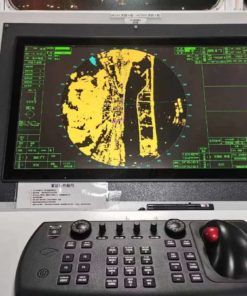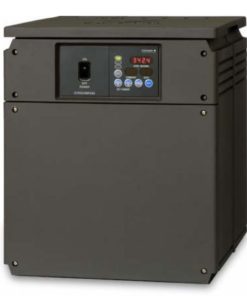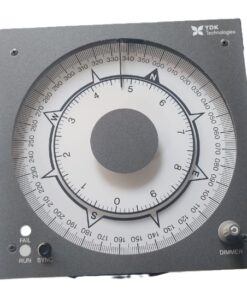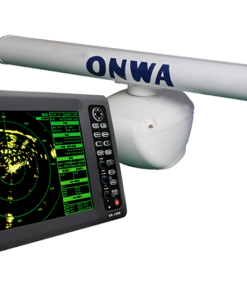| What is a Marine Autopilot? |
A Marine Autopilot is a navigational device used on ships and boats to automatically steer the vessel along a predetermined course without constant manual control. |
| How does a Marine Autopilot work? |
Marine Autopilots utilize sensors like gyroscopes, compasses, and GPS receivers to determine the vessel’s heading, position, and motion. They adjust the vessel’s steering mechanism, typically the rudder, to maintain the desired course and heading. |
| What sensors are used in a Marine Autopilot? |
Marine Autopilots use gyroscopes, compasses, and GPS receivers to gather data on the vessel’s heading, position, and motion. |
| What is the purpose of a Marine Autopilot? |
The purpose of a Marine Autopilot is to maintain the vessel on a preset course, allowing the crew to focus on other tasks while ensuring precise and stable navigation. |
| Are Marine Autopilots essential for long voyages? |
Yes, Marine Autopilots are essential for long voyages, as they relieve the crew from the constant task of steering, allowing them to rest and perform other duties. |
| Can Marine Autopilots be integrated with other onboard systems? |
Yes, Marine Autopilots can be integrated with other onboard systems such as chartplotters and radar to provide enhanced navigational capabilities and safety features. |
| Do Marine Autopilots require manual input? |
Initially, Marine Autopilots require manual input to set the desired course. Once set, they operate automatically to maintain the vessel on that course. |
| What vessels commonly use Marine Autopilots? |
Marine Autopilots are commonly used on various vessels, including commercial ships, passenger vessels, fishing boats, and recreational yachts. |
| Can Marine Autopilots handle navigation in adverse weather conditions? |
Yes, many Marine Autopilots are designed to handle navigation in adverse weather conditions, providing stability and reliability even in rough seas. |
| Are there different types of Marine Autopilots? |
Yes, there are different types of Marine Autopilots available, ranging from simple standalone systems to sophisticated integrated systems with advanced features. |
| Are Marine Autopilots regulated by maritime authorities? |
Yes, Marine Autopilots may be subject to regulations and standards set by maritime authorities to ensure their safety, reliability, and compliance with navigation requirements. |






